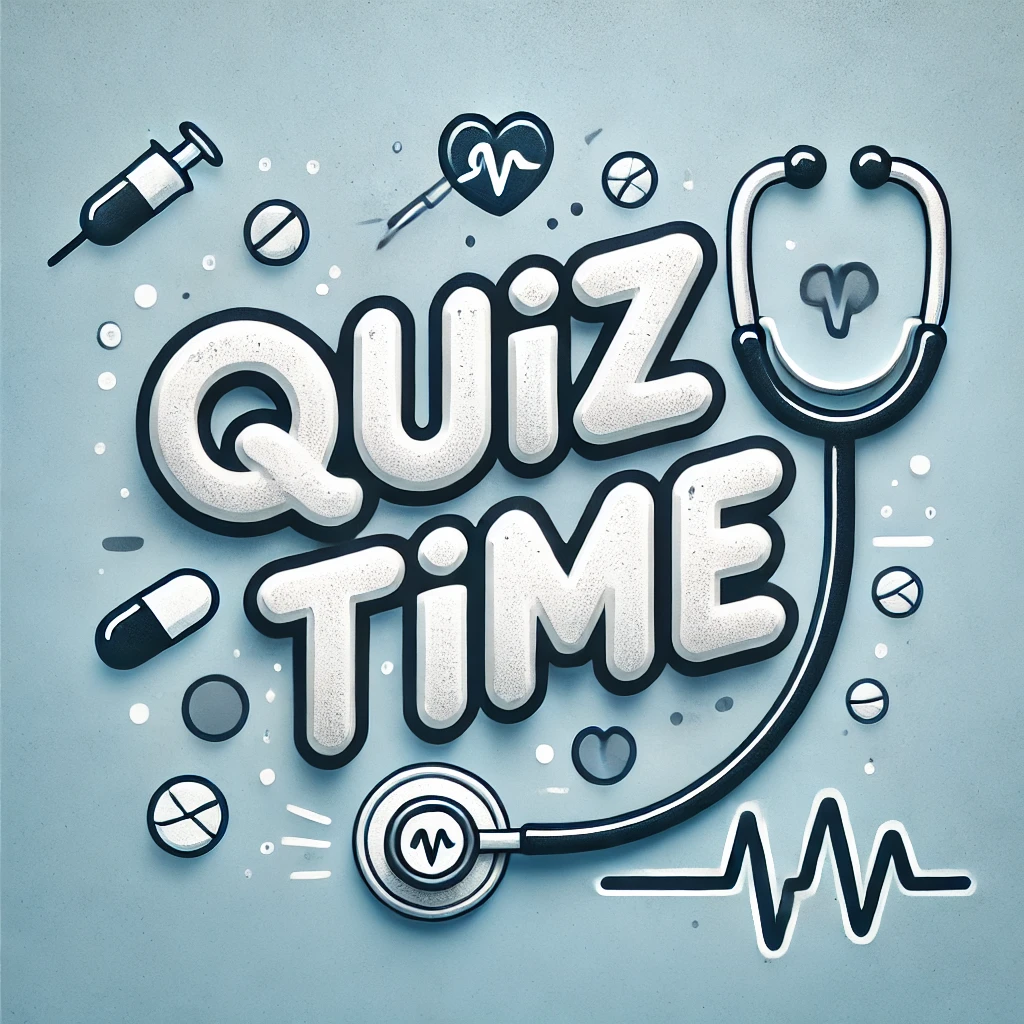EM Board-style Case: Suspected Lumbar Compression
Snapshot: EM board-style vignette of a 34‑year‑old after a fall; likely diagnosis, key imaging clue, and the short answer for exam recall.
A 34-year-old man with no prior medical history presents to you after having fallen from a cliff while rappelling 7 hours ago. He underwent a complicated, prolonged extraction from a ravine, and he is complaining of 10/10 lower back pain. You note that the groin area of his pants is wet and he has no rectal tone on examination. The lateral plain radiograph of his lumbar spine is shown below.
.png?width=500&height=794&name=image%20(86).png)
Regarding additional emergent studies of the lower back, which of the following choices is true?
- Emergent electromyography differentiates between specific nerve root compression and an upper motor neuron lesion, which affects management.
- MRI or a CT scan should be performed on an emergent basis for cauda equina syndrome.
- No further studies should be performed – the diagnosis is clear.
- Bone scans are only indicated on an emergent basis if there is a history of cancer or advanced age in addition to bone trauma.
The correct answer is:
MRI or a CT scan should be performed on an emergent basis for cauda equina syndrome.
In patients presenting with low back pain and acute neurologic deficits, CT and MRI are typically required (even in the face of a less dramatic than above or even a completely normal x-ray). Suspected cauda equina syndrome in particular requires emergent imaging and consultation with a specialist for emergent surgical decompression. Imaging prior to surgery is required (unless the patient is hemodynamically unstable, which was not part of the above vignette) to allow for an informed surgical intervention.
Electromyography can detect nerve root compression, but it will not detect an upper motor neuron lesion. Likewise, bone scans are typically not an emergent study for any indication, although they may be useful as an adjunctive study for hospitalized patients with infection or tumor. Radiographs are appropriate as the initial diagnostic study when there is advanced age, a history of cancer, or trauma (as in the above case).
Reference:
Mahoney BD, et al. Marx JA, et al, eds. Rosen's Emergency Medicine: Concepts and Clinical Practice. 7th ed, 2009.
This question appears in Med-Challenger Emergency Medicine Review with CME
Try for free and save. Ace your exams and meet your CME/MOC requirements for just $35 a month!



.png)
.png)
